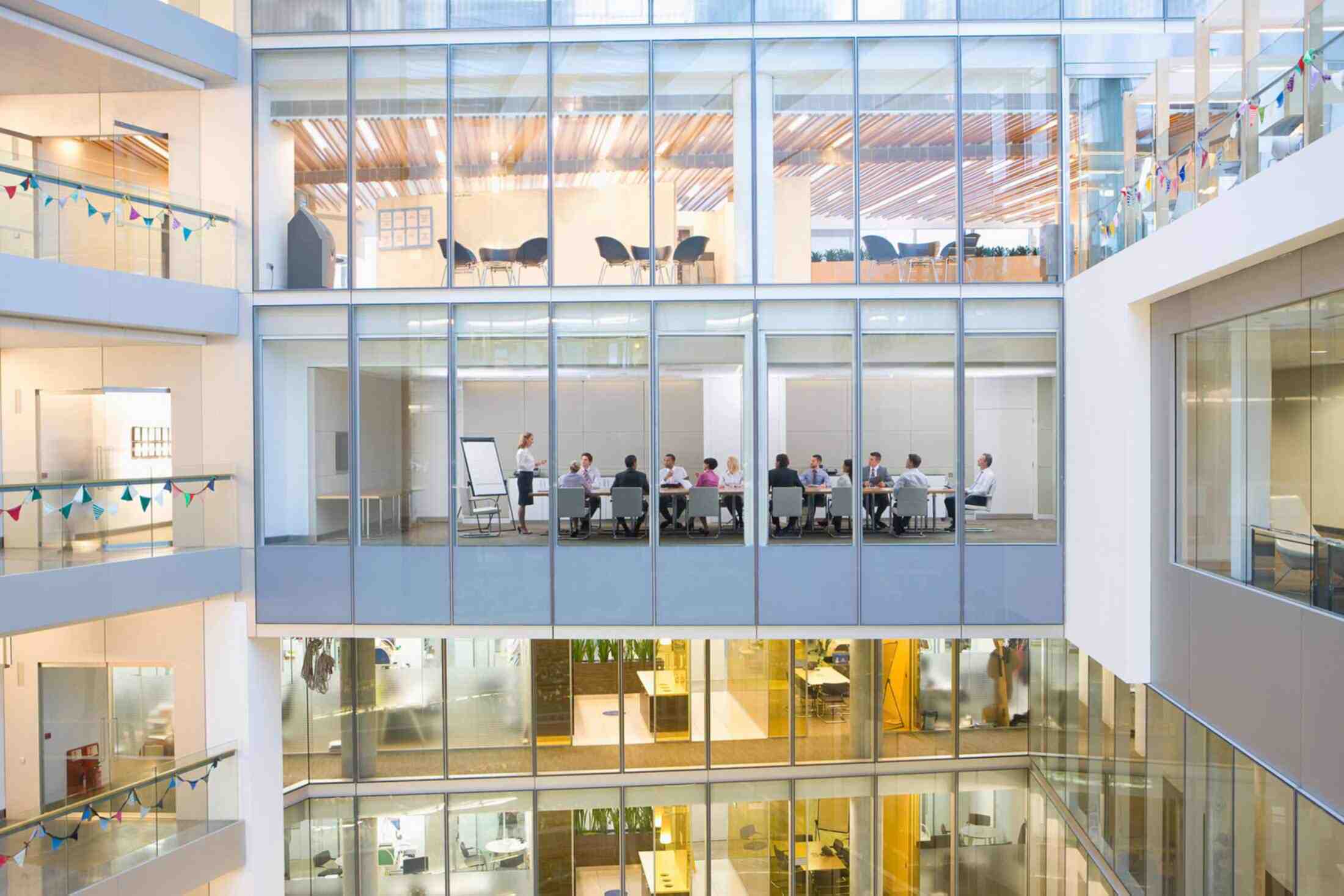Let’s examine when it’s time to consider kicking off an ERP selection project replacing your existing manufacturing or distribution ERP software. There can be a number of symptoms that will help point someone to realize it’s time to evaluate and implement new ERP software. Here are some examples. Read More…
- Current software can’t match existing business processes – this may have existed from day 1 of installing your new software if you did a poor job of selecting software the first time, and the gap may have continued to widen over time.
- The business is changing and software can’t enable this change – as a business changes and grows, new processes can get introduced which help enable that business to be competitive in new markets with new customers.
- Lots of off-line processing (i.e., spreadsheets, manual processes, re-keying of data multiple times) – if the existing system doesn’t allow someone to get their job done, they will tend to find ways around the system to do so. Unfortunately, these inefficiencies can eat substantial amounts of time and can create data inaccuracies as the “same” information is entered multiple times in disparate systems.
- Have lots of “data” but can’t get “information” out of the system – analyzing information is critical to continuous improvement and attracting and maintaining good customer relationships. One can get handcuffed by having a data rich, information poor environment where they put data into their system but can’t get any information back out.
- Can’t easily implement new functionality or technology (i.e., RF/barcode, EDI, warehouse management system, CRM software, etc.) – there may be improved efficiencies to be gained and new customers attracted by making it easy for them to do business with you. Many times, technology is a key enabler to making it easy for your customers to interact and transact business with you. If you can’t readily adopt these new technologies, you may lose customers who are better prepared to transact business with your customers.
- Existing software and/or underlying infrastructure is no longer supported by the associated vendors – as there have been massive amounts of acquisitions in the ERP market over the years, there are lots of ERP solutions which were thought of as “flagship” solutions that are no longer receiving an adequate level of investment to keep existing customers satisfied and to attract new ones. Your vendor may have “dropped support” for your software without formally announcing it to you.
- Can’t keep up with business demands by writing custom software vs. using packaged software solutions – for those who continue to write their own custom software, there are so many “commodity” processes that could be enabled via packaged software while still gaining the benefits of customized software in those “competitive advantage” processes – those processes that enable a company to gain competitive advantage in its marketplace. Unfortunately, most companies who have a “build” vs. “buy” approach to software do so across all business processes, and either pay a lot for “commodity” processes or can’t get resources focused on the “competitive advantage” processes due to keeping day-to-day operations running. Don’t allow yourself to be held hostage by your internal application development team.
While the above is not intended to be an all inclusive list, these symptoms are very common in businesses. As symptoms continue to pop up and their results become increasingly more disconcerting, manufacturing and distribution businesses will opt to evaluate and implement new ERP software solutions to remove these barriers to future business growth.
Tags: erp selection, ERP Software


